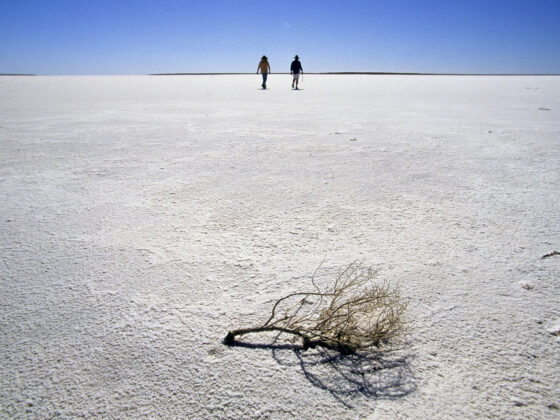Heading into the wild on four wheels? Fantastic! But before you channel your inner Bear Grylls, there’s a little something about our legless friends you might want to consider. Yes, we’re talking about snakes. Not to alarm you, but these serpentine creatures are as much a part of the Aussie bush as the gum trees and cockatoos. Fear not, though! Here’s your slightly humorous, yet informative, guide to dealing with snake bites while off-roading.
The Craig Protocol: First Things First
Recently, Pat caught up with Craig from Sssafe Snake & Spider Awareness Training to get a little advice from the front line on snake bites. How likely are they to happen, how do you treat them, and what are the absolute do’s and don’ts of snake bites. If you’re keen to kick back, check out the YouTube link just below. Or if you’re up for an eyeball workout, we’ve sliced out all the important bits here too. Remember the Craig Protocol though: “First aid, mate!” That’s right, first aid is your first line of defence. The moment you suspect a snake’s made you its latest victim, it’s time to switch to emergency mode.
Scenario 1: “I Left My First Aid Kit at Home!”
You’ve ventured into the wilderness, and oops, your first aid kit is cozily sitting at home. Classic move, right? Well, if you find yourself kit-less post-snake bite, it’s time to improvise. Your 4X4 is now your best friend. Stay put if you’re near it, and if you’re not, resist the urge to sprint back.
Remember, every step you take is like a VIP pass for the venom to travel faster through your body. Instead, focus on applying firm pressure along the bite area. Got a snake bite bandage? Perfect. If not, channel your inner MacGyver and use whatever’s available – a shirt, a spare sock (clean, hopefully), or your willpower to remain calm.
Scenario 2: “How Far Can I Actually Go?”
Let’s say you’re bitten and your 4X4 is just a stone’s throw away. Craig’s wisdom? “If you’re five paces away, make those paces count. If it’s 50 meters, maybe not.” The golden rule is to minimize movement. The less you move, the less the venom moves. It’s not laziness; it’s science.
The Art of Bandaging Yourself
Now, onto the solo bandage application. Yes, it’s possible, and no, it doesn’t require you to be an octopus. The key is to remain as still as possible (think of playing the world’s most intense game of “Patient”). Start by wrapping the bite area with firm pressure – not too tight, not too loose. Your aim is to trap the venom, not cut off circulation or create a fashion statement.

Tips for the Solo First-Aider:
- Stop and Drop: Cease all physical activity. This isn’t the time for a workout.
- Bandage with Care: If you’ve been bitten on the arm or leg, start wrapping from the extremities towards the heart, but remember, you’re not trying to turn your limb into a mummy.
- Keep Calm and Stay Put: Once bandaged, lie down with the bitten limb lower than the heart, and call for help. Your phone should be your BFF in this scenario – on speaker, next to you, conserving your energy for what matters: survival.
The Craig and Co. Emergency Kit
The ultimate take-home message from our mate Craig is clear: Be prepared. Your 4X4 adventure checklist should include:
- A first-aid kit (this time, don’t leave it behind).
- A snake bite bandage (or two, because why not?).
- Communication devices (phone, UHF handheld radio, carrier pigeon if you’re old school).
- Knowledge and practice (Yes, practice bandaging before you’re out there. Your living room is a judgment-free zone).
Wrapping Up (Pun Intended)
In the bush, your chances of a snake encounter might not be high, but they’re not zero. With the right preparation and a calm mind, you can handle a snake bite like a pro. Remember, it’s about enjoying the adventure without the extra adrenaline rush of venom coursing through your veins. So, gear up, stay prepared, and let’s keep those slithery encounters to a minimum.













